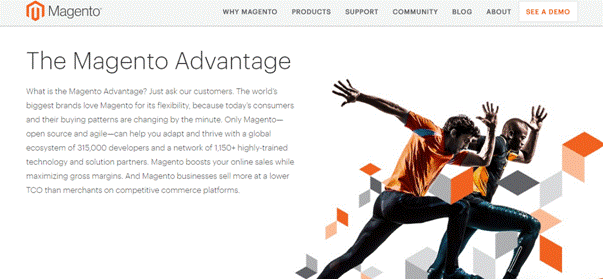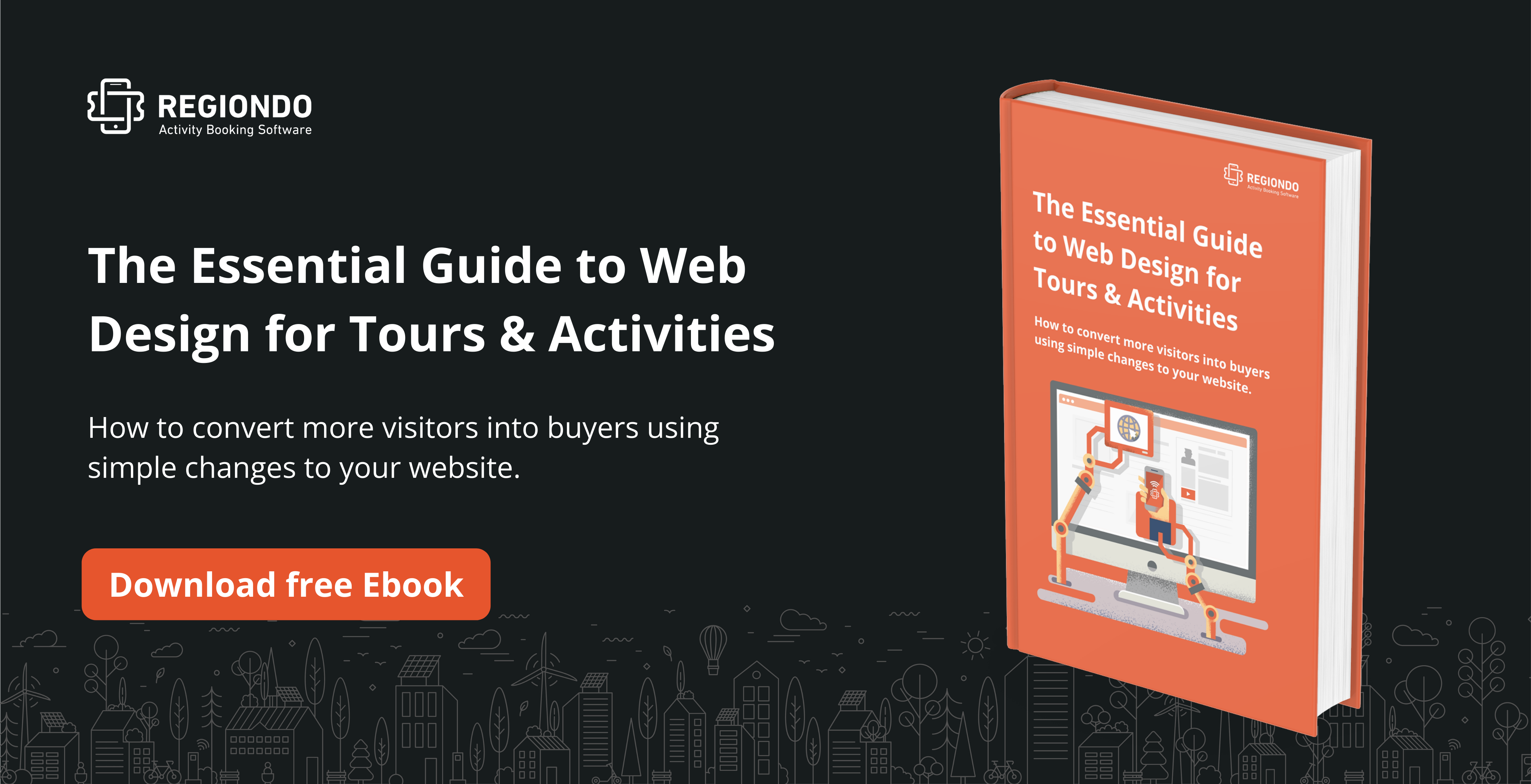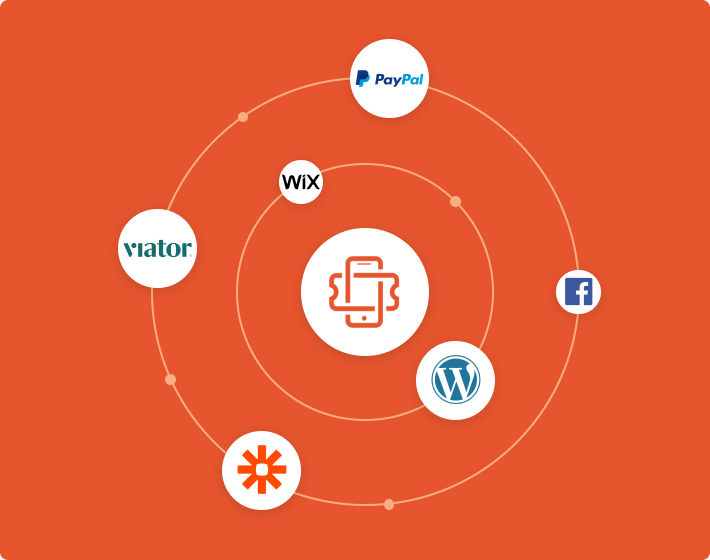Selecting the best Content Management System (CMS) for your tour or activity business can get confusing. With so many platforms to choose from, you can spend weeks comparing and weighing pros and cons.
To make your decision easier, here we present our choice of the best content management systems for tour and activity providers. Whether you’re starting out or have a well-established business, there’s bound to be an option for you.
No matter which CMS you choose, Regiondo can help you boost your online sales. Set up your store for free and start selling with Regiondo in minutes.
1. WordPress.org
WordPress is the most popular CMS out there. Powering more than 30% of all websites, it’s also the most attractive platform for plugin developers. This is important because plugins augment your site’s functionality in a quick and easy way.
Also, it’s popular among publishers of all sizes – from independent bloggers to household names like Time Magazine and Reuters. So if content marketing is a central part of your strategy, WordPress is a good choice for frequent publishing.
Pros:
+ Versatile system suitable for many use cases.
+ A large number of plugins.
+ Low cost.
Cons:
– You may need expert help to customize themes.
2. TYPO3

TYPO3 has developed a strong reputation around enterprise-level features. It boasts impressive scalability and a wide variety of extensions to supplement your website. This makes TYPO3 a good choice if you operate a large and popular tour or activity.
On the other hand, the platform’s ability to expand can also put a strain on your server resources. So if you don’t plan to drive a ton of traffic to your website, you might be better off with a simpler alternative.
Pros:
+ High scalability.
+ Suitable for different types of websites.
Cons:
– It requires more server resources.
– Hard to install and modify.
3. Drupal

Drupal is a more sophisticated CMS when compared to WordPress. It also offers more functionalities on the developer side. This means it doesn’t rely so much on plugins and extensions to augment site functionality. Still, there is a decent amount available on the website.
The downside is Drupal is not as scalable as other platforms. It’s a good option if you run a smaller activity and would like to provide a good user experience to your website visitors. But when it comes to expanding, you might need extra power.
Pros:
+ Functionality.
+ Great support documentation.
Cons:
– Making changes requires a good understanding of web programming.
4. Contao

Contao is a free and open source CMS well suited to medium and large operators. The platform focuses on ease of use and accessibility for both your visitors and developers.
So while Contao has an easy-to-use interface, it may be difficult to modify it since support documentation is somewhat limited. If you don’t require too much customization, it can be a good option for your tour or activity.
Pros:
+ Simple to use, yet functional.
+ Appealing user interface.
Cons:
– Limited technical support.
5. Joomla!

Joomla! is a good option if you want a quick, out-of-the-box website. With numerous templates, you’re bound to find something usable, especially if you’re just starting out.
For bigger providers, it might cause concerns when it comes to security. And if you want to customize a lot of the elements to fit your brand, it can prove harder than you expect. Joomla! is a good pick for most small operators. However, you might want to look elsewhere for enterprise-level security and serious modification.
Pros:
+ Multiple templates to choose from.
+ Quick and easy to set up.
Cons:
– Relatively easy to hack.
6. Magento

Magento is the only platform that’s not open source on this list. As such, it comes with higher costs to set up and maintain. In exchange, it delivers extra value when it comes to ease of use and functionality.
Magento powers some of the biggest consumer-facing brands online so it’s a popular choice for large companies. But if you’re looking to keep costs low, you might be better off with a free or cheaper alternative.
Pros:
+ Easy to use.
+ Very functional.
Cons:
– High price.
Conclusion
When choosing the right CMS for your tour or activity business, you need to keep several things in mind. If you have high demands and need serious customization, platforms focused on the enterprise like TYPO3 or Magento are a good choice.
On the other hand, if you value simplicity and ease of use more than getting the bells and whistles, Joomla! and Contao can help you get started.
And if you want the best of both worlds, versatile platforms like WordPress and Drupal are the way to go.
You might also like:
- How to Increase Website Traffic for Tours and Activities
- Online Fraud and How to Protect Yourself with an SSL Certificate
- Website Best Practices for Tour and Activity Companies
- The 5 Types Of People Who Visit Your Site And How To Sell To Them
- Why Tour and Activity Operators Should Invest in a Great Website




